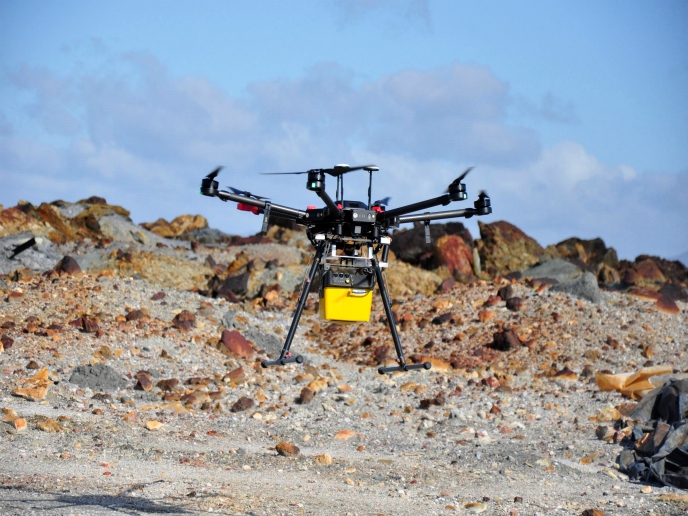Lab-on-chips to search for signs of life in space
Lab-on-a-chip technology allows for biochemical assays – previously conducted on large pieces of laboratory equipment – to be performed on a small glass plate with valves and channels, known as microfluidic capillaries. Samples and reagents are mixed, separated and controlled using electrical circuits embedded in the chip. Current commercial devices are not designed to work in space. The PBSA(opens in new window) (Photonic biosensor for space application) project developed a set of chips along with a miniaturised controller and analysis unit suitable for life detection in space. These devices allow the testing of genes and DNA responsible for determining the traits of a particular organism. The chips were made with the same micro-fabrication technique used to print circuits on computer chips: photonic integration. The photonic integrated circuits that brought together discrete components – including optical switches and arrayed waveguide gratings – delivered tremendous miniaturisation that led to lower cost and higher efficiency. To this end, PBSA partners refined the fabrication process for producing the building blocks for lab-on-chips. Within the new devices, they engineered a network of channels with multiple reaction and detection chambers to test different molecular biomarkers simultaneously. Microfluidic functional elements were integrated with reagents such as detection antibodies and analyte molecules. Weighing just over a kg and with dimensions not exceeding 13x13x15 cm, the first prototype was tested extensively. To find its way to space, this unique device had to prove that it can tolerate extreme radiation and temperatures, operate at low power, and perform sensitive analyses swiftly with minimal user intervention and servicing. To date, instruments designed for biomarker detection in space were based on the analysis of volatile compounds released by heating or pyrolysis of samples. The PBSA technology is extremely sensitive and can detect non-volatile biomarkers in near real time with minimum consumption of reagents. Although intended to assist the European Space Agency's (ESA) ExoMars mission, the PBSA device could also prove useful for preventing bioterrorism and environmental monitoring. As lab-on-chip technology evolves, simultaneous testing for several biomarkers could improve pathogen detection in working environments and industrial settings.







